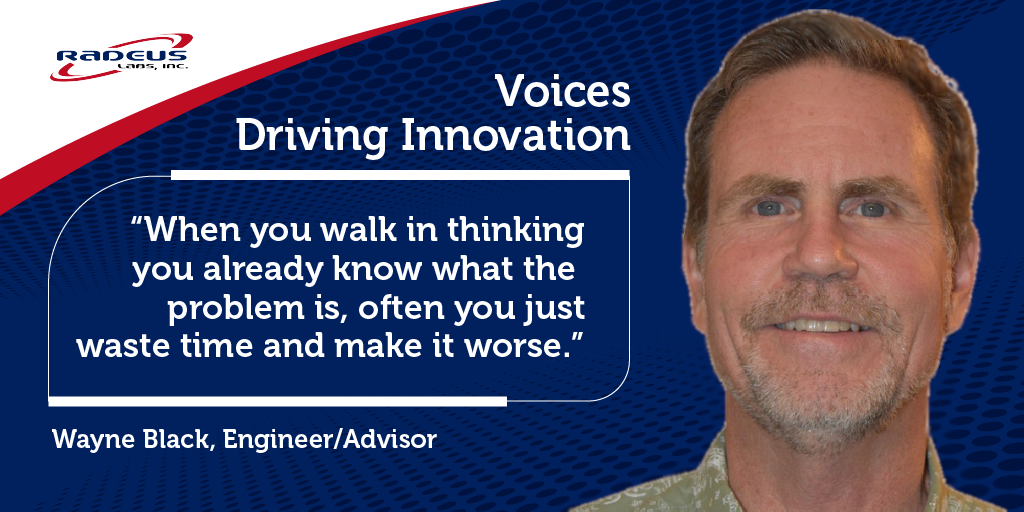You know the drill: your department needs new equipment now, but the budget, or the grant, only goes so far. That’s why so many emergency services teams apply for what they can get today, with plans to expand when more funding comes through.
The good news? Funders are often open to a phased approach, as long as you spell it out clearly. When you show that your gear can scale with your needs, you’re not just being budget-savvy. You’re showing long-term thinking, operational resilience, and responsible use of public funds.
In this post, we’ll walk you through the three most important things to include in your grant proposal, so you can get the equipment you need now, and build on it later.
1. Show the Immediate Need, But Frame It as Phase One
Start with what’s urgent. Maybe your dispatch consoles are outdated, your audio logging system is unreliable, or your team still relies on manual processes that slow down response times. Whatever the pain point is, call it out clearly, and back it up with data if you can.
But don’t stop there. Make sure reviewers know this isn’t a one-time purchase, it’s Phase One of a larger, scalable plan. You're solving a real problem now, while laying the groundwork for what comes next.
Try language like this in your proposal:
“This initial phase enables core operational readiness. Future phases will build on this foundation to expand capacity and resilience as funding allows.”
This kind of forward-thinking language reassures funders. It shows you’ve done your homework, understand your long-term needs, and aren’t asking for more than they can give right now. You're not just chasing equipment, you’re building a system that grows with your community.
2. Highlight Scalability in Your Equipment Plan
Grant reviewers aren’t just funding gear, they’re investing in your department’s ability to adapt and grow. That’s why it’s so important to explain how the equipment you’re requesting today can scale tomorrow.
Spell it out. If the audio recorder you’re asking for supports four channels now but can handle 16 with a simple software upgrade, say so. If your consoles are modular or your systems cloud-ready, make that part of your story.
Here’s the kind of language that works:
“The equipment selected is designed for modular expansion, allowing us to increase capacity and integrate future technologies without requiring full replacement.”
This approach shows you’re thinking beyond today’s problems. You’re choosing smart, forward-compatible solutions, not boxed-in systems that need replacing the next time funding becomes available. That’s the kind of planning funders respect, and are more likely to support.
3. Create a Budget That’s Realistic, But Future-Aware
Your budget isn’t just numbers on a page, it’s a story. And the most compelling story shows that you’re asking for what you truly need now, while clearly mapping out how you’ll build on that investment down the line.
Break your budget into two parts:
- Foundational: What you’re requesting funding for today.
- Scalable Enhancements: What you’d add if more funding becomes available.
Even if those future phases aren’t part of the current request, include them with estimated costs. That shows reviewers you’re thinking ahead, and that you won’t be starting from scratch if another opportunity comes along.
Here’s a sample line that can work in your proposal:
“This request covers the foundational components of our communications system. Future enhancements, such as expanding channel capacity and adding mobile access, have been scoped and costed to enable seamless upgrades when additional funding is secured.”
The goal is to make it easy for reviewers to approve what’s on the table now, while planting the seed that your department is ready to grow when the next grant cycle rolls around. It’s strategic, responsible, and exactly what funders like to see.
Smart Proposals Think Beyond the Grant Window
You don’t need to secure full funding today to start moving in the right direction. A well-structured, scalable proposal shows funders that your department is thinking beyond the immediate purchase, and planning responsibly for what comes next.
If you’re not sure where to start, talk to someone who’s been in your shoes, and in the field.
Dan Salvatori, our communications logging expert, splits his time between Radeus Labs and serving as a paramedic in LA County. He’s been on both sides of the radio: responding to emergencies and helping agencies choose gear that meets the moment without overbuying. That dual perspective makes him a trusted resource for public safety teams trying to do more with limited funding.
Dan understands the urgency, the budget pressures, and the need for systems that just work, without subscriptions, complexity, or surprise costs.
→ Schedule a call with Dan to explore scalable solutions that fit your team’s needs today, and tomorrow.





